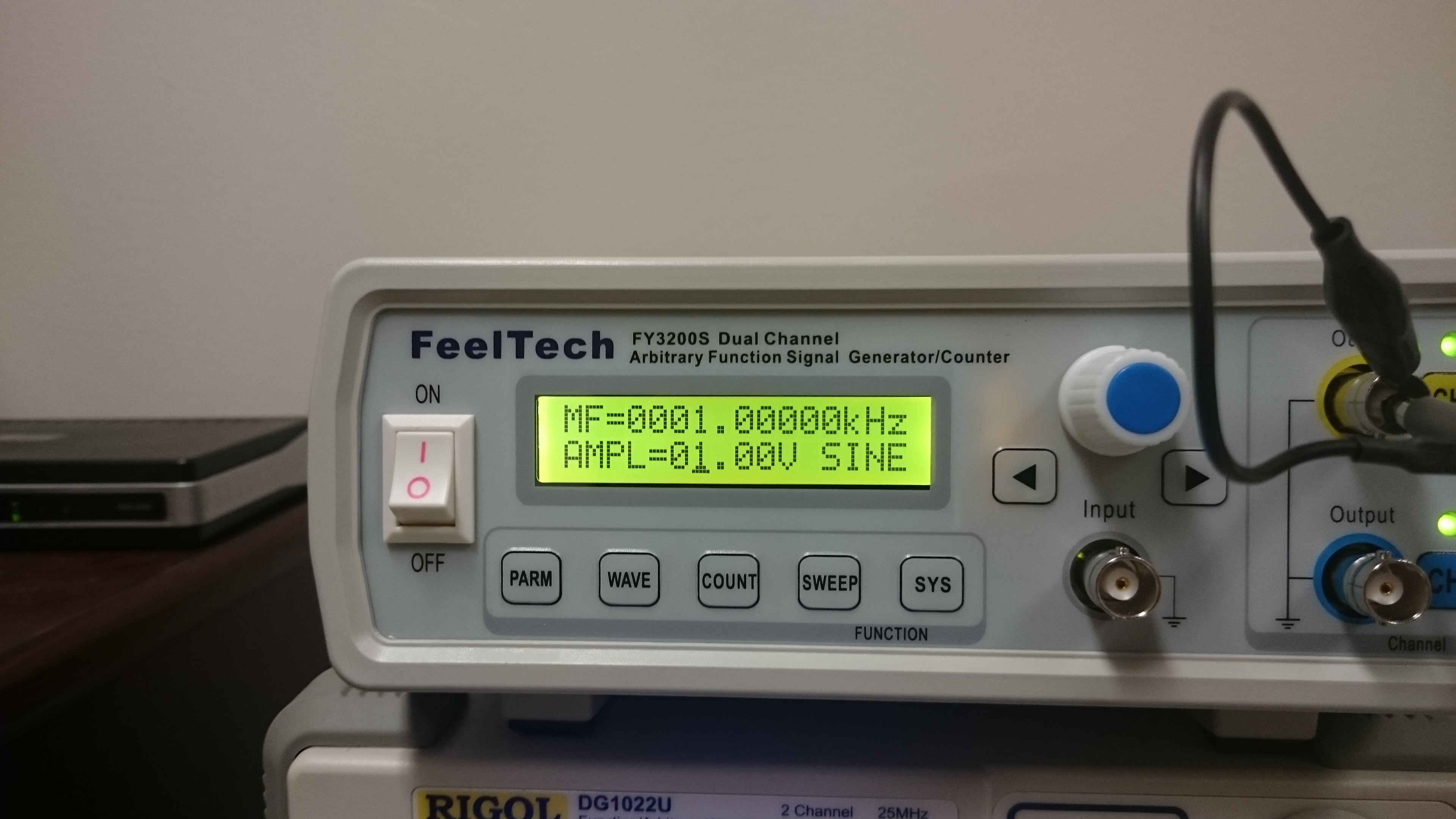

However, the narrowest RBW setting is not always ideal for spectrum analysis. In Figure 3, a -95 dBm signal is more properly resolved by changing the RBW from 100 kHz to 10 kHz. When using a narrow RBW, the displayed average noise level (DANL) of the spectrum analyzer is lowered, increasing the dynamic range and improving the sensitivity of the spectrum analyzer. One advantage of using a narrow RBW is seen when making measurements of low-level signals.

Oftentimes, these tradeoffs involve the RBW setting. In most cases, emphasis on one of these parameters adversely impacts the others. When making demanding spectrum analysis measurements, spectrum analyzers must be accurate, fast and have high dynamic range.

The resolution bandwidth (RBW) setting must be considered when concerned with separating spectral components, setting an appropriate noise floor and demodulating a signal. Selecting the Best Resolution Bandwidth (RBW) More details on these steps will be addressed in the hints for spectrum analysis To get better spectrum analyzer measurements the input signal must be undistorted, the spectrum analyzer settings must be wisely set for application-specific measurements, and the measurement procedure optimized to take best advantage of the specifications. DSP is performed to provide improved dynamic range, faster sweep speed and better accuracy. To be able to measure signal formats that are becoming increasingly complex. As digital technology has advanced over the years, the spectrum analyzer has evolved to incorporate digital signal processing (DSP), after the final IF filter as shown by the dotted box, When digital technology first became viable, it was used to digitize the video signal, as shown in Figure 2. This trace shows the spectral content of the input signal within the selected frequency range.
Dsa815 for frequency count generator#
As the sweep generator sweeps through its frequency range, a trace is drawn across the screen. A detector then rectifies the signal passing through the IF filter, producing a DC voltage that drives the vertical portion of the display. As the frequency of the LO changes, the signals at the output of the mixer (which include the two original signals, their sums and differences and their harmonics), get filtered by the resolution bandwidth filter (IF filter), and amplified or compressed in the logarithmic scale. Past the input filter, the signal gets mixed with a signal generated by the local oscillator (LO) whose frequency is controlled by a sweep generator. In the analyzer, a signal at the input travels through an attenuator to limit the amplitude of the signal at the mixer, and then through a low-pass input filter to eliminate undesirable frequencies. Superheterodyne means to mix or to translate in a frequency above audio frequencies.

Where the oscilloscope provides a window into the time domain, the spectrum analyzer provides a window into the frequency domain, as depicted in Figure 1.įigure 2 depicts a simplified block diagram of a swept-tuned superheterodyne spectrum analyzer. The spectrum analyzer, like an oscilloscope, is a basic tool used for observing signals. Agilent Technologies - Spectrum Analyzer Application Note 1286-1 8 Hints For Better Spectrum Analyzer Measurements


 0 kommentar(er)
0 kommentar(er)
